There’s a long list of benefits of a raw food diet for dogs. Here’s how raw stacks up across key health areas:
Gut health & digestion
A raw diet supports a diverse and thriving gut microbiome, supporting dog gut health means better overall health. Because it’s made from real, living food, rich in natural enzymes and animal-based proteins. It’s easily digested and fuels the microbiome effectively.
Kibble, aside from being highly processed, are often packed with carbohydrates, starches and oxidised fats all of which can lead to inflammation and create an imbalanced gut environment. Over time, this can contribute to allergies, digestive issues, and autoimmune conditions.
Dogs are naturally designed to digest raw meat. Their acidic stomachs are built to process bone, muscle, and offal efficiently, while destroying harmful bacteria along the way.
Skin & coat
Gut health is fundamental to immune response and in turn skin condition [2]. Most dogs who suffer with inflammation, histamine imbalances, and itchy, irritated skin will benefit from a change in diet and more of the good stuff in their bowl.
Raw dog food benefits include healthier digestion and improved nutrient absorption, both of which play a key role in supporting clear skin and a shiny coat. In fact, around 30% of the protein a dog consumes is used for fur growth, so the highly absorbable protein in natural raw food directly contributes to that healthy, glossy finish.
Got an itchy dog on your hands? Our guide How to Help an Itchy Dog could help you get to the bottom of things.
Weight management & obesity
Most kibbles are high in starch and sugar, two key drivers of overeating and weight gain. Raw diets, on the other hand, are high in animal protein, rich in healthy fats, and naturally low in carbs. This helps dogs feel more satisfied and maintain a healthy weight long term [3].
Got a dog carrying a few extra pounds? Our Weight Loss Tips for Dogs guide, written by ProDog’s Lead Nutritionist Alison Frost, is full of simple, practical advice to help your dog slim down and feel better fast.
Joint health
Joint issues are often linked to chronic inflammation. Kibble’s processed carbs can promote the production of AGEs (Advanced Glycation End Products), which accelerate joint degeneration. Feeding a raw diet packed with healthy fats and joint supporting nutrients such as glucosamine, chondroitin and collagen help regulate inflammation and supports more agile movement.
Absolutely! Here’s a refined version of that section that softens the tone, avoids being preachy, and focuses on the wellness benefits of incorporating more natural food—without insisting on 100% raw:
Focus on wellness: kibble vs raw dog food

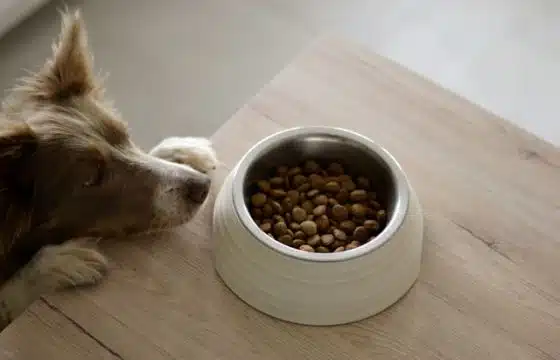

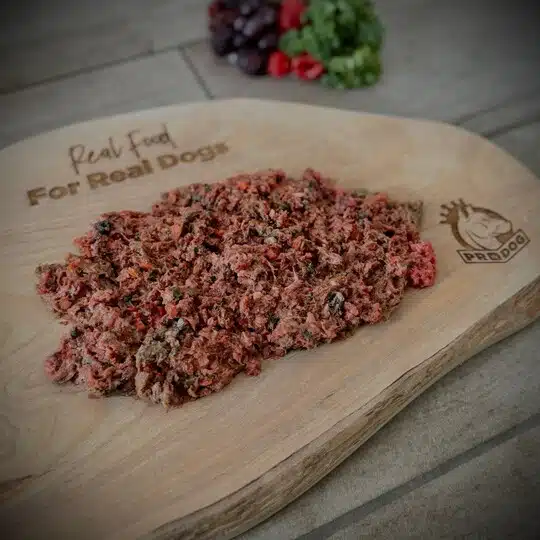


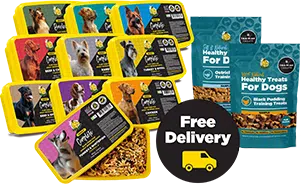
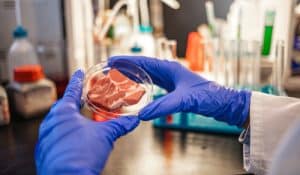


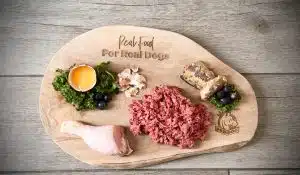
0 comments